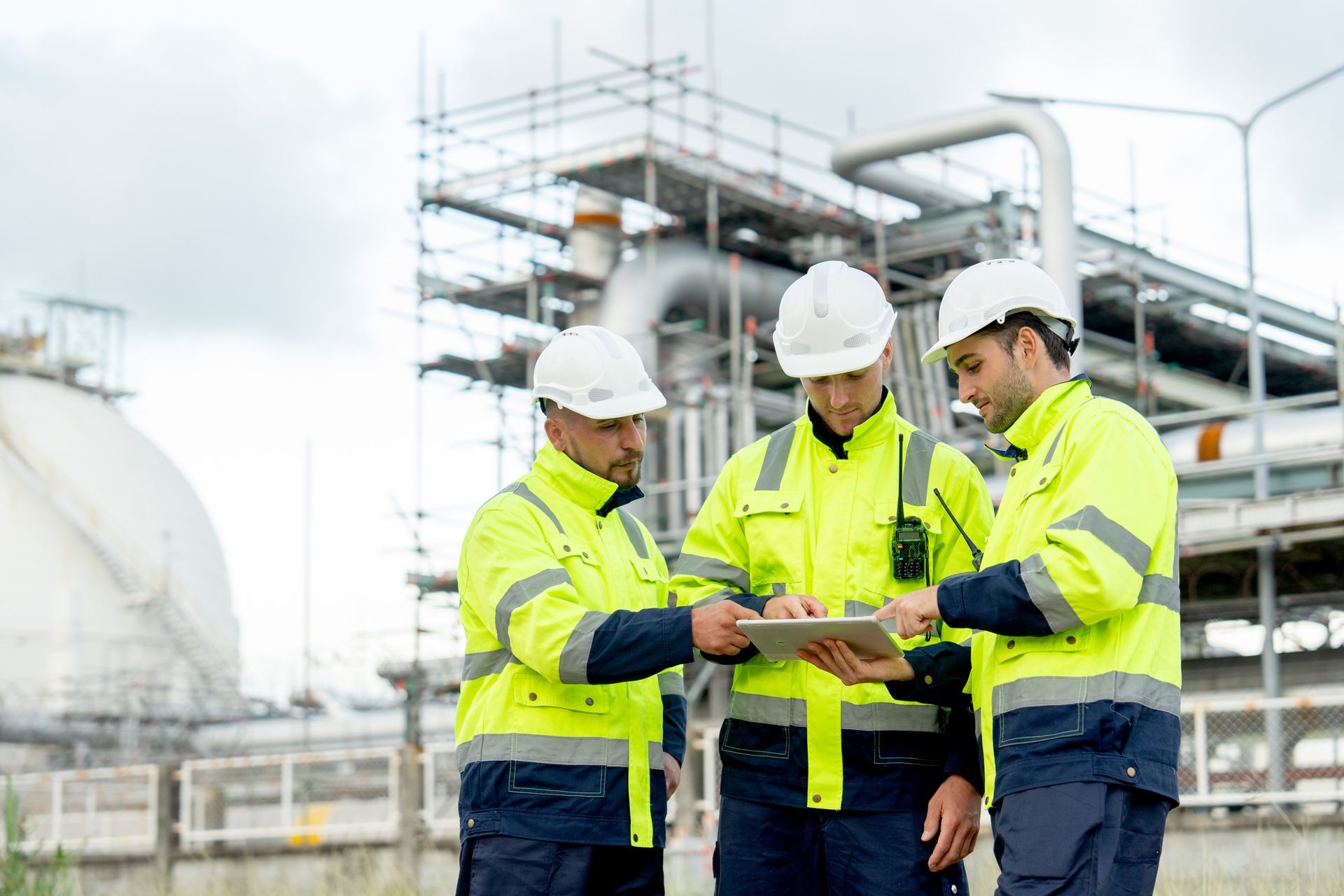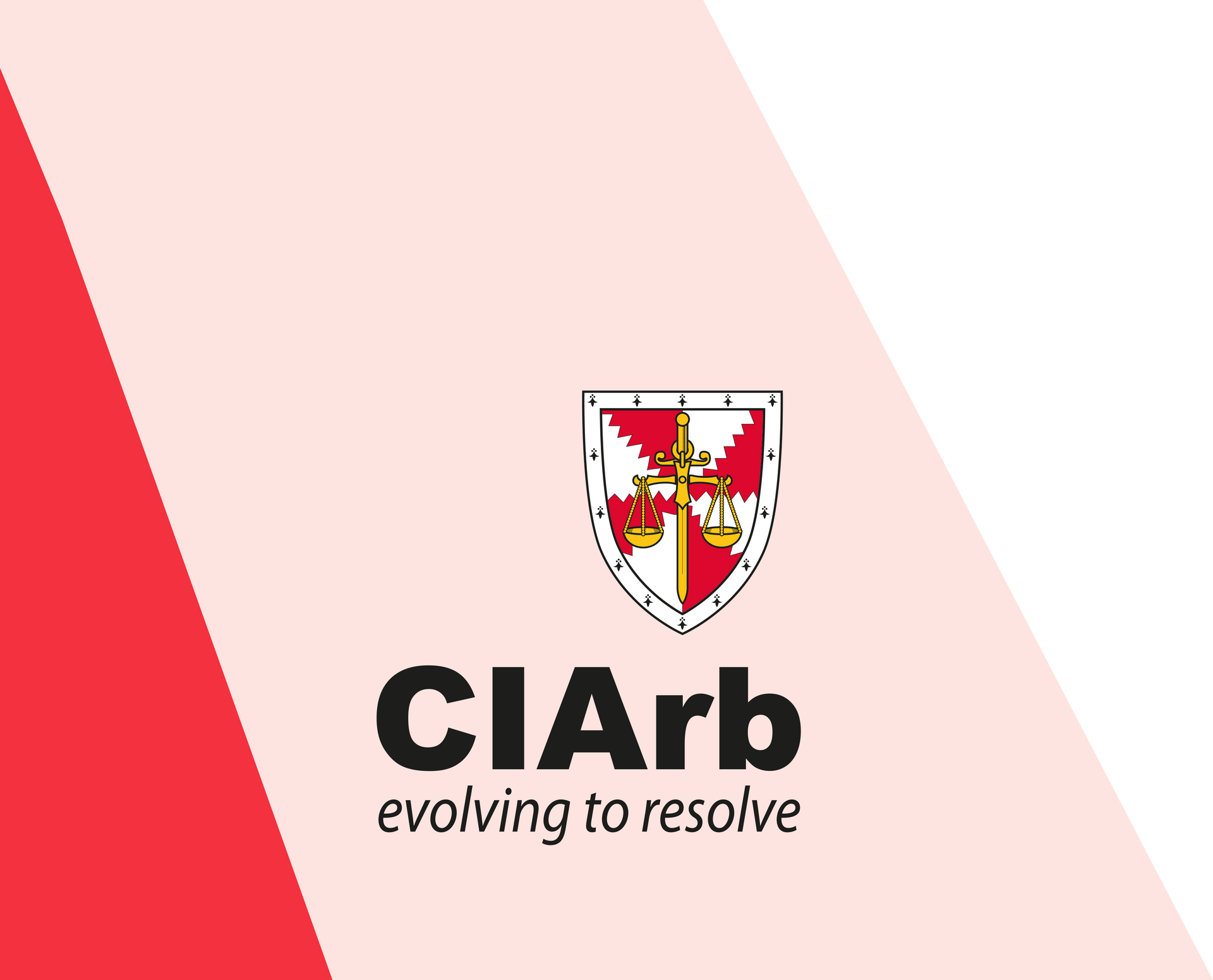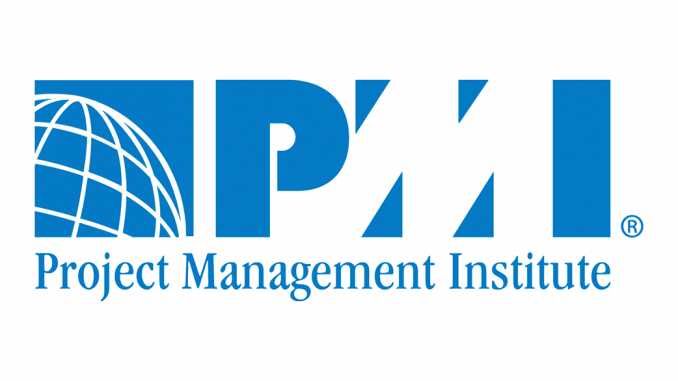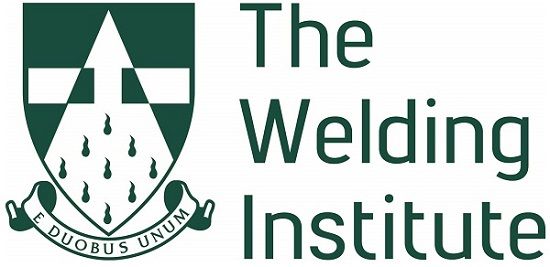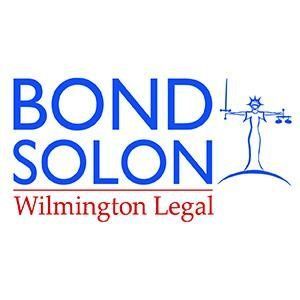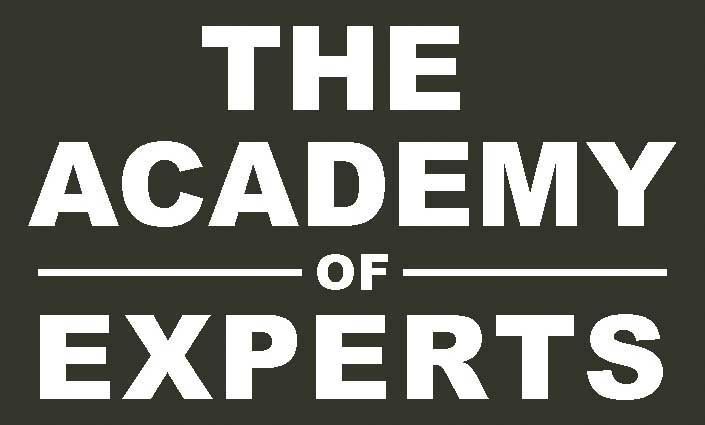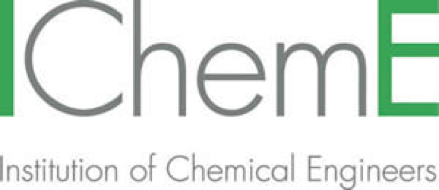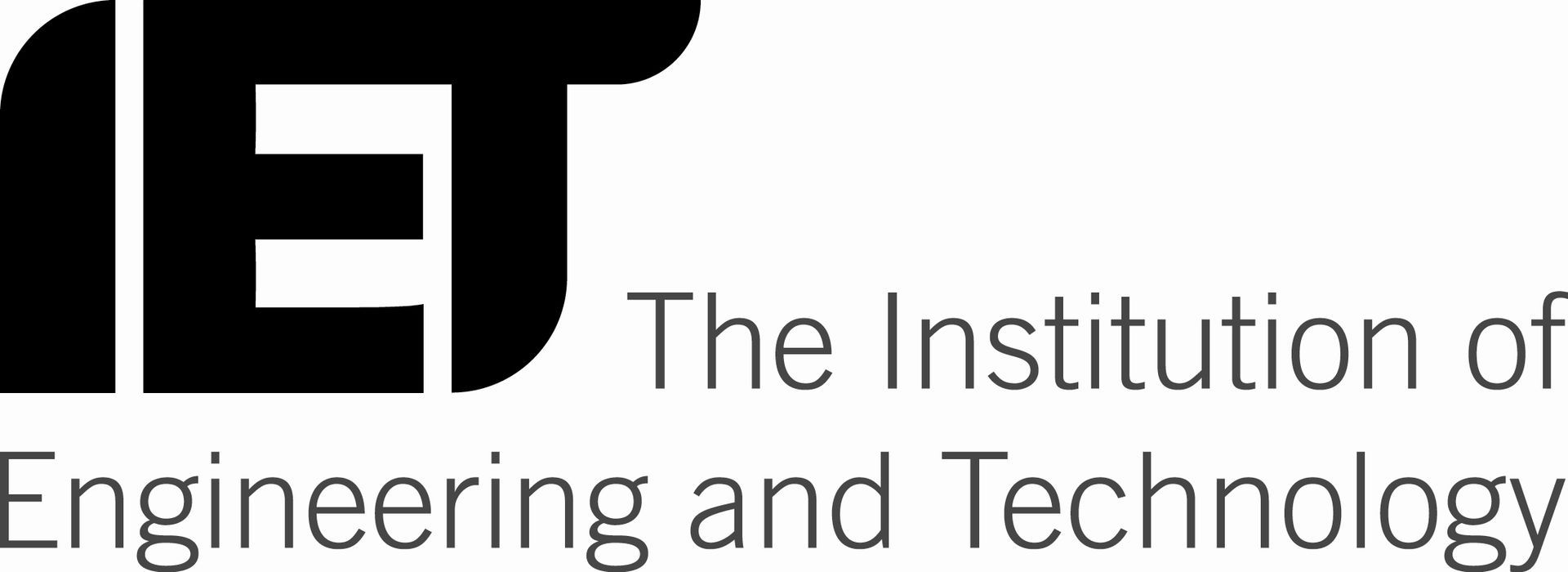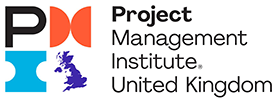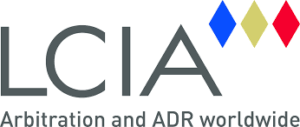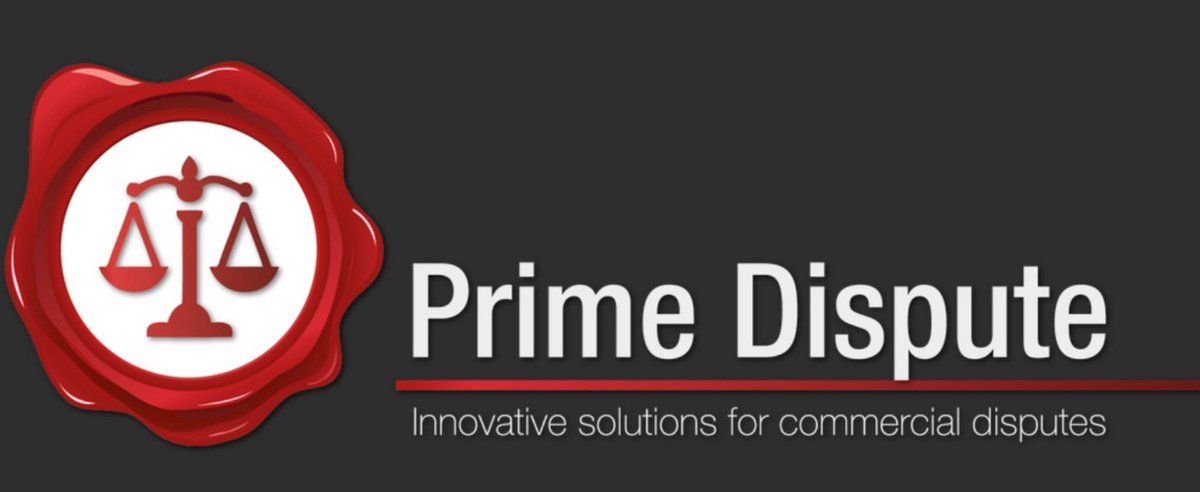19 February 2017
FORENSIC ENGINEERING AND EXPERT WITNESS SERVICES
Industries We Serve
DAC Consulting Services is proud to work with clients across a diverse range of industries.
Our tailored approach ensures that we meet the specific needs of every sector we serve


Oil & Gas
Supporting upstream, midstream, and downstream operations, we offer
expertise in pipeline disputes, offshore projects, and refinery challenges.


Power Generation
From traditional coal and nuclear facilities to modern renewable energy projects, we provide expert insights and technical support for efficient power generation.


Renewable Energy
As the world transitions to sustainable energy sources, our team helps clients navigate the complexities of solar, wind,
and hydroelectric projects.
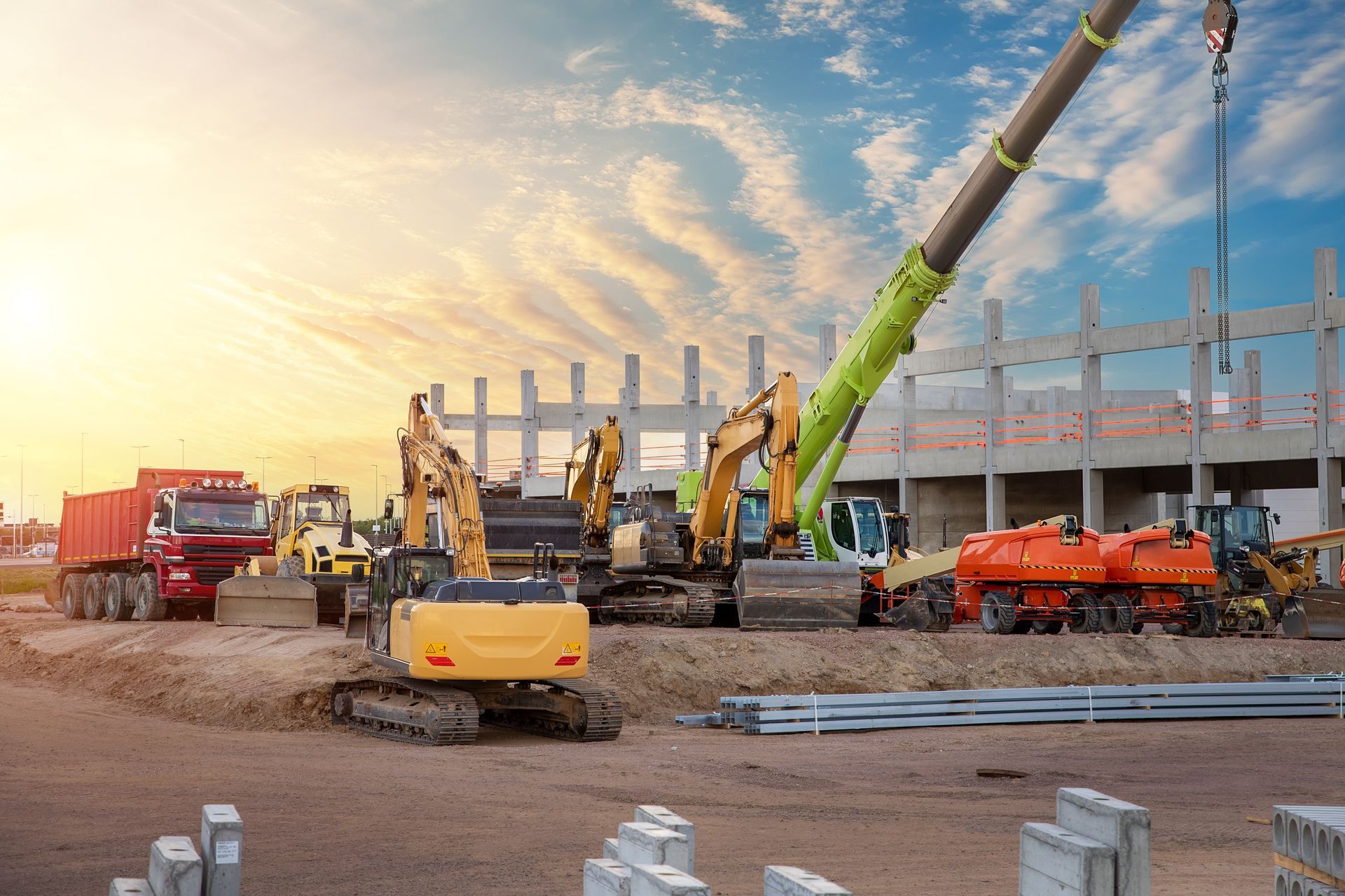

Construction
We specialise in large-scale public and private sector projects, including airports, bridges, metro systems, and urban developments.
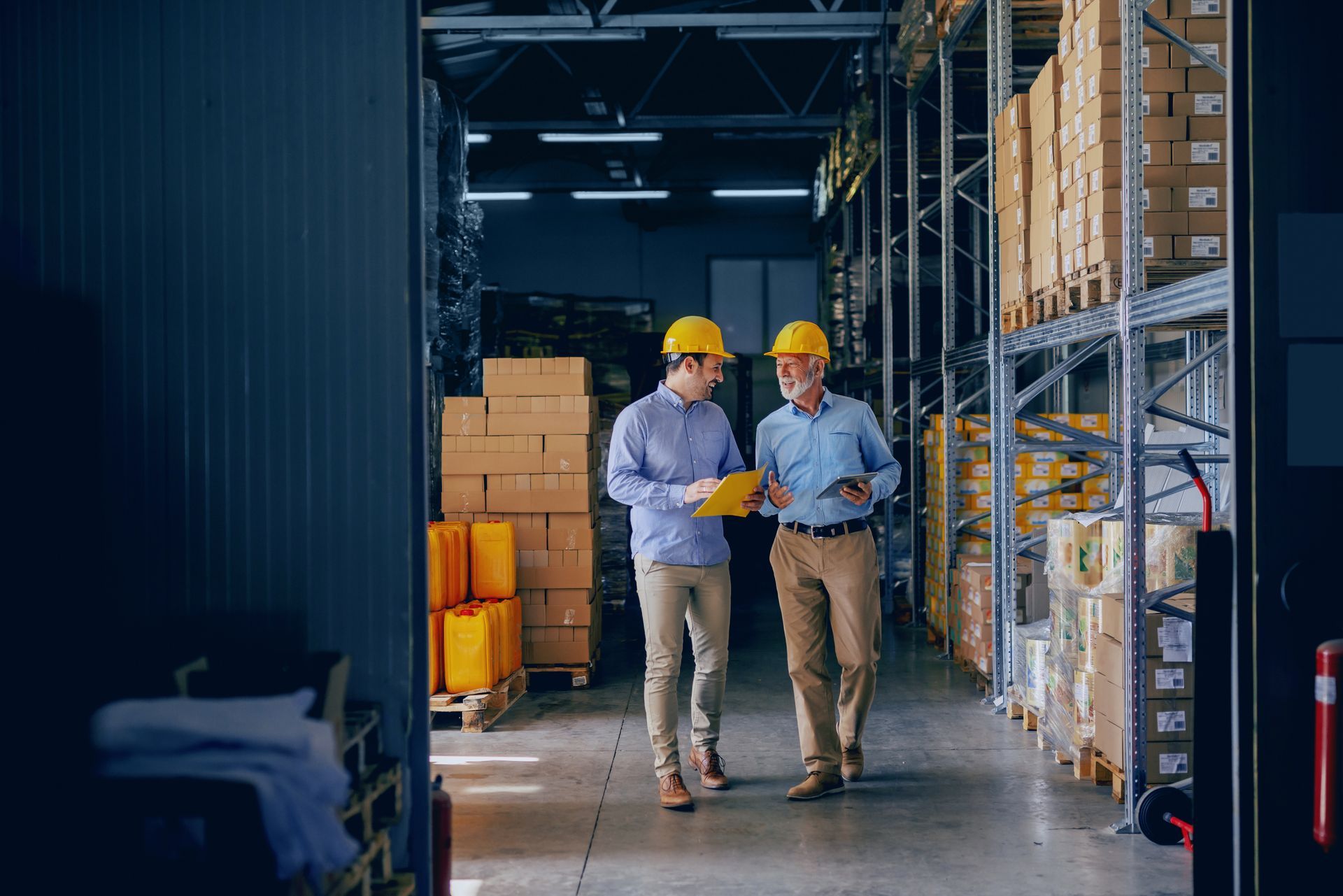

Manufacturing
Our forensic engineering and dispute resolution services are critical for industrial and manufacturing facilities, ensuring operational continuity and efficiency.


Infrastructure
From transportation systems to public utilities, DAC supports infrastructure
projects that underpin communities and economies.
Get in Contact
We are committed to delivering excellence, ensuring clarity, and supporting your success.
Whether you need forensic engineering expertise, expert witness support, or assistance navigating the complexities of your industry, DAC Consulting Services is here to help.
Request a Consultation
Simply fill in the form below and one of our experienced team will contact you to discuss your requirement.
Contact Us
We will get back to you as soon as possible.
Please try again later.
London (HQ) Office
79a Grapes House
Suite 4, First Floor, Esher
Greater London
United Kingdom
KT10 9QA
DAC Consulting Services Limited
85 Gresham Street
London
EC2V 7NQ
Business Hours
- Mon - Fri
- -
- Sat - Sun
- Closed














